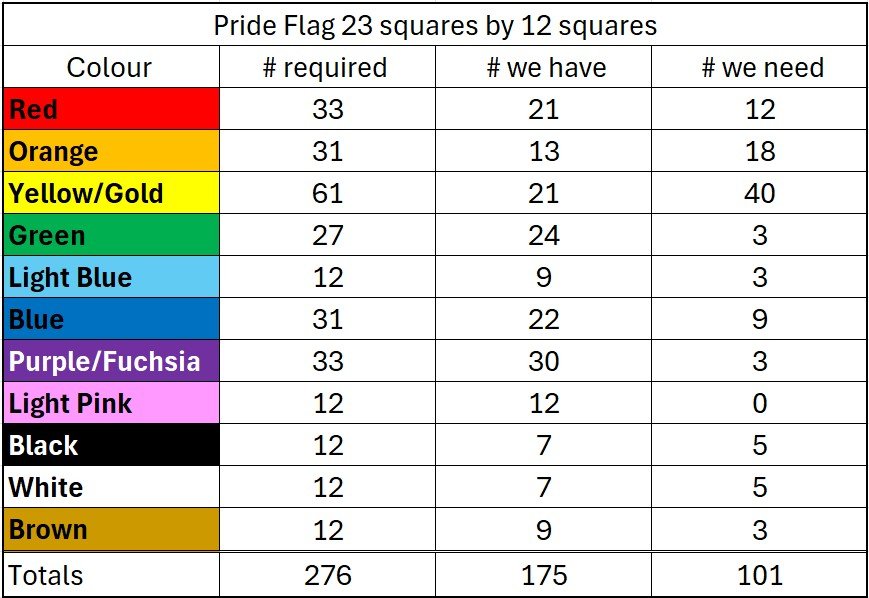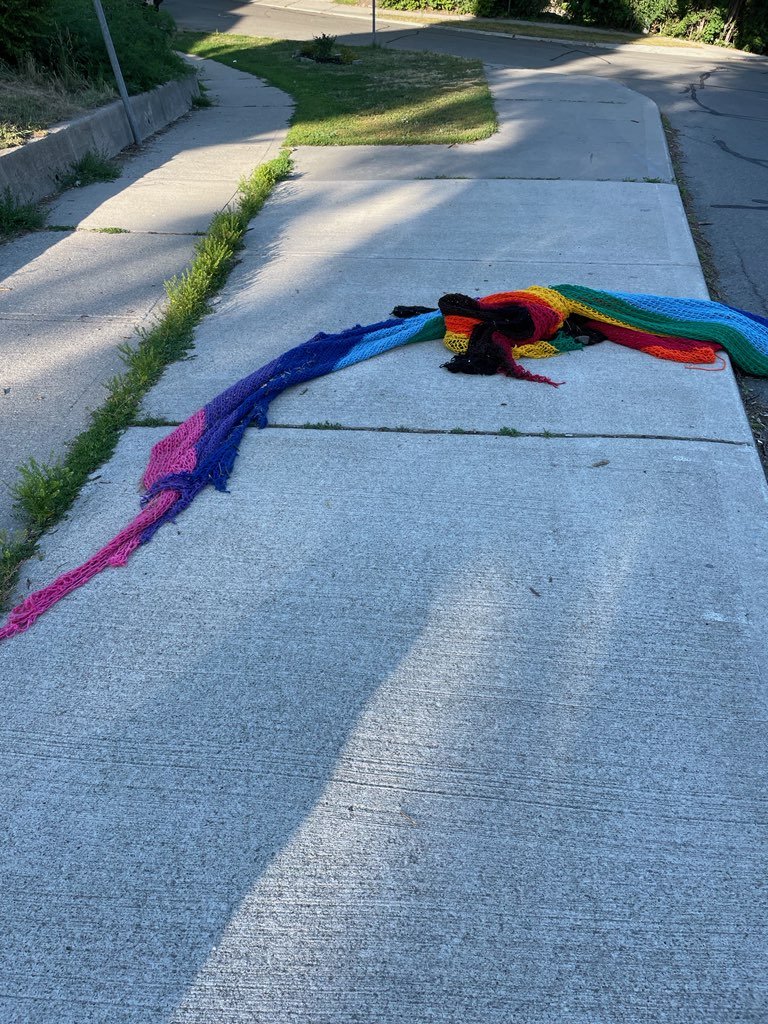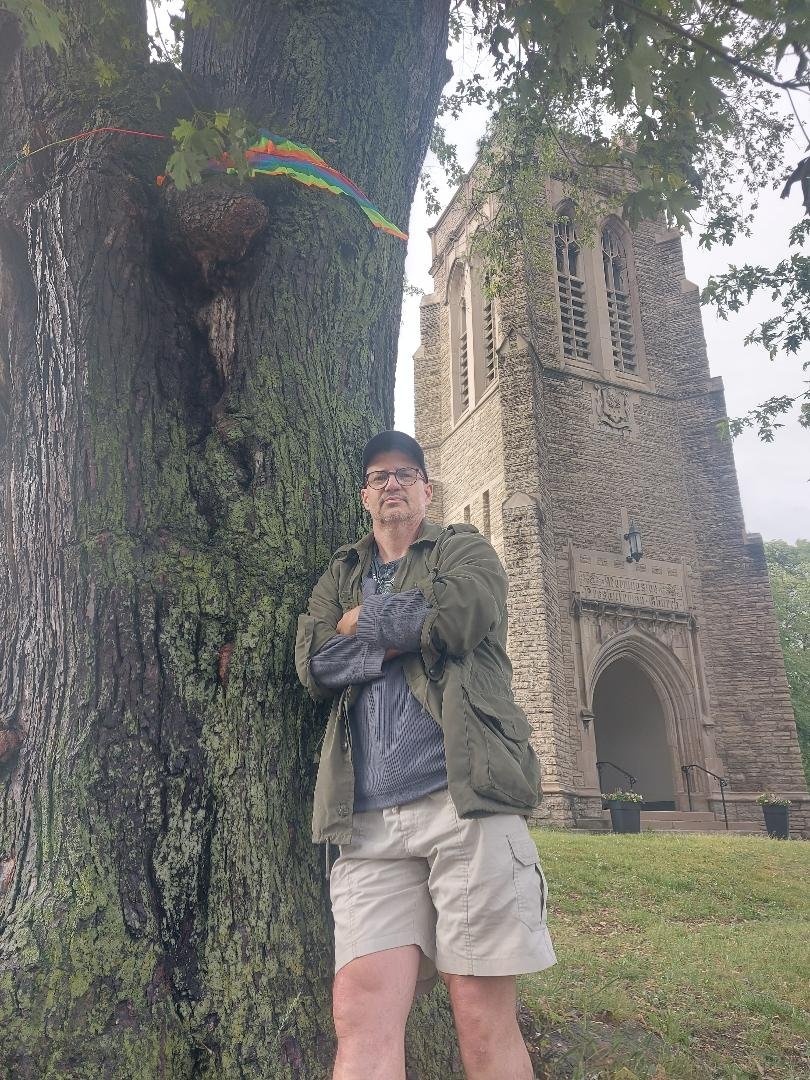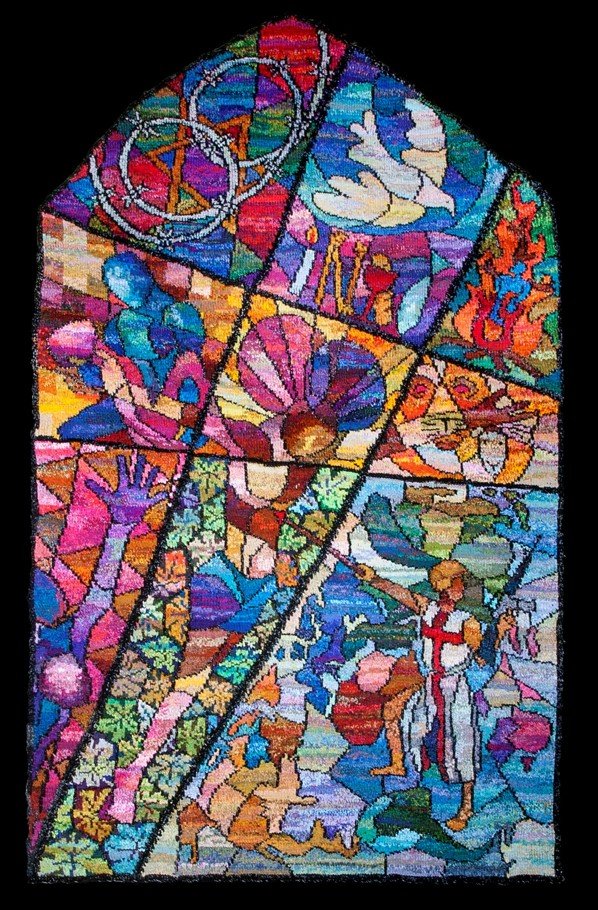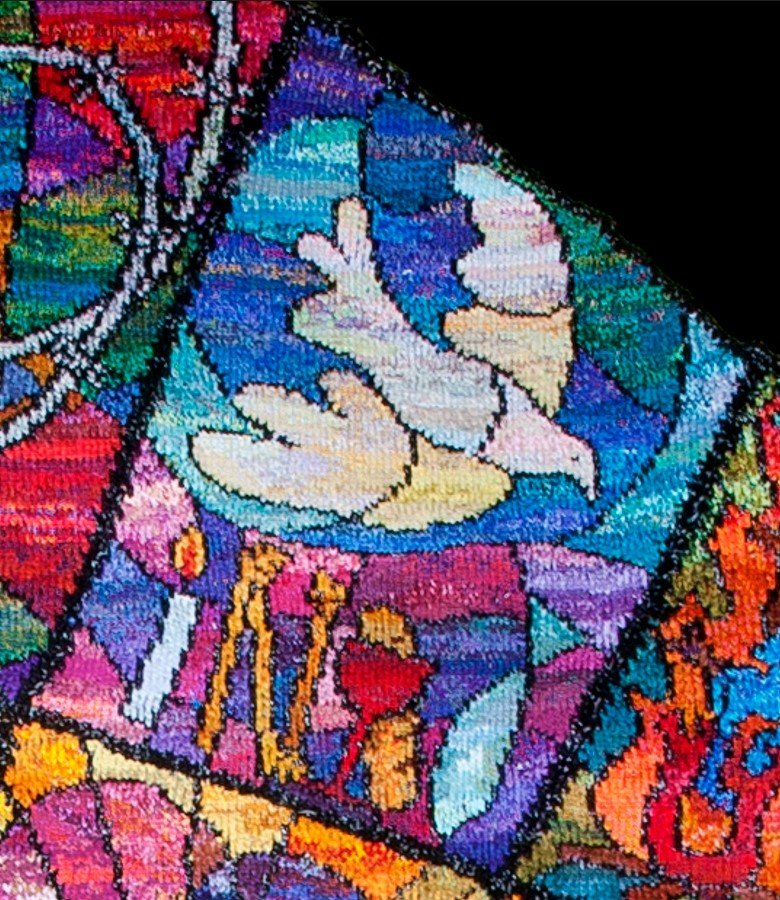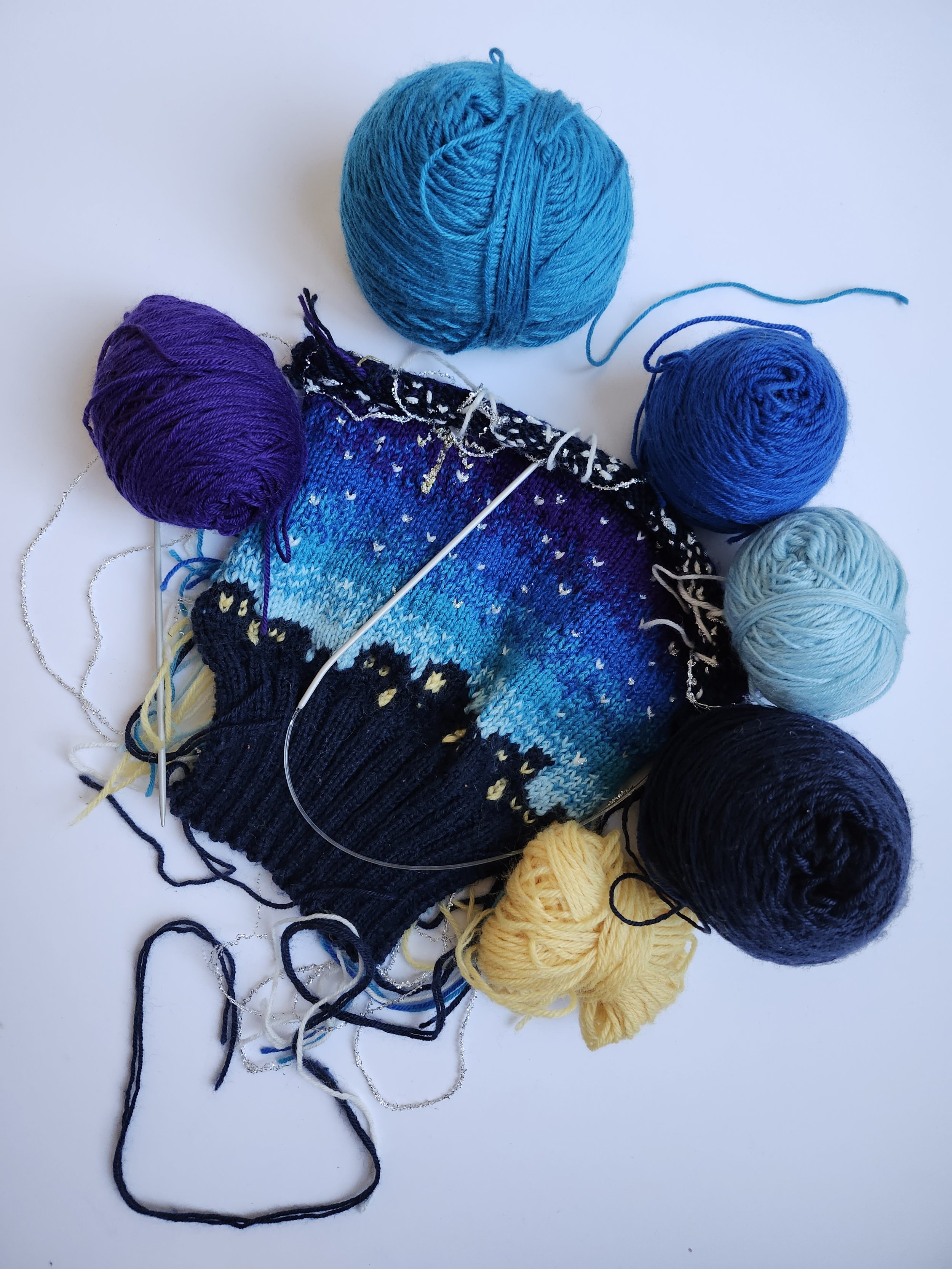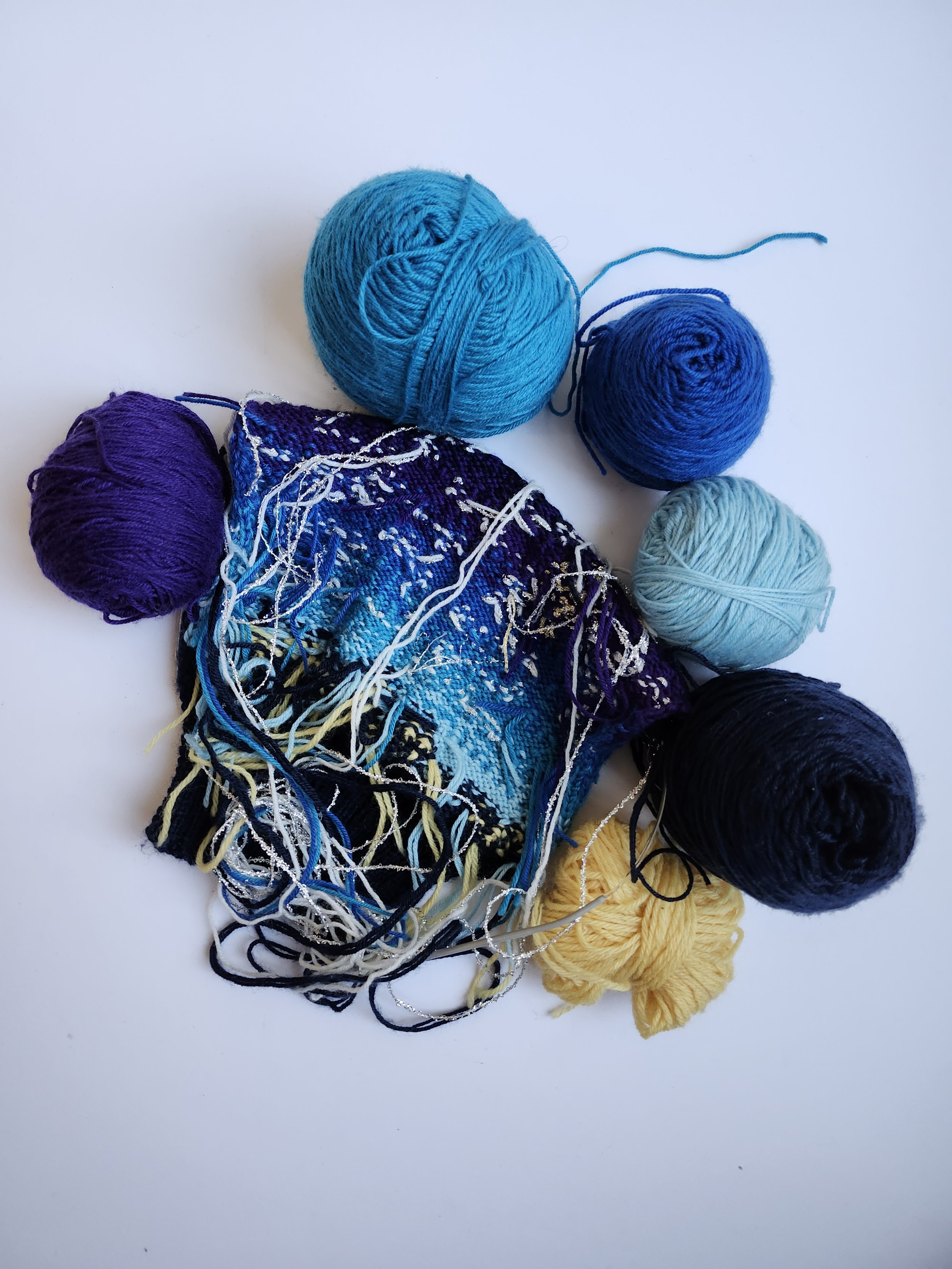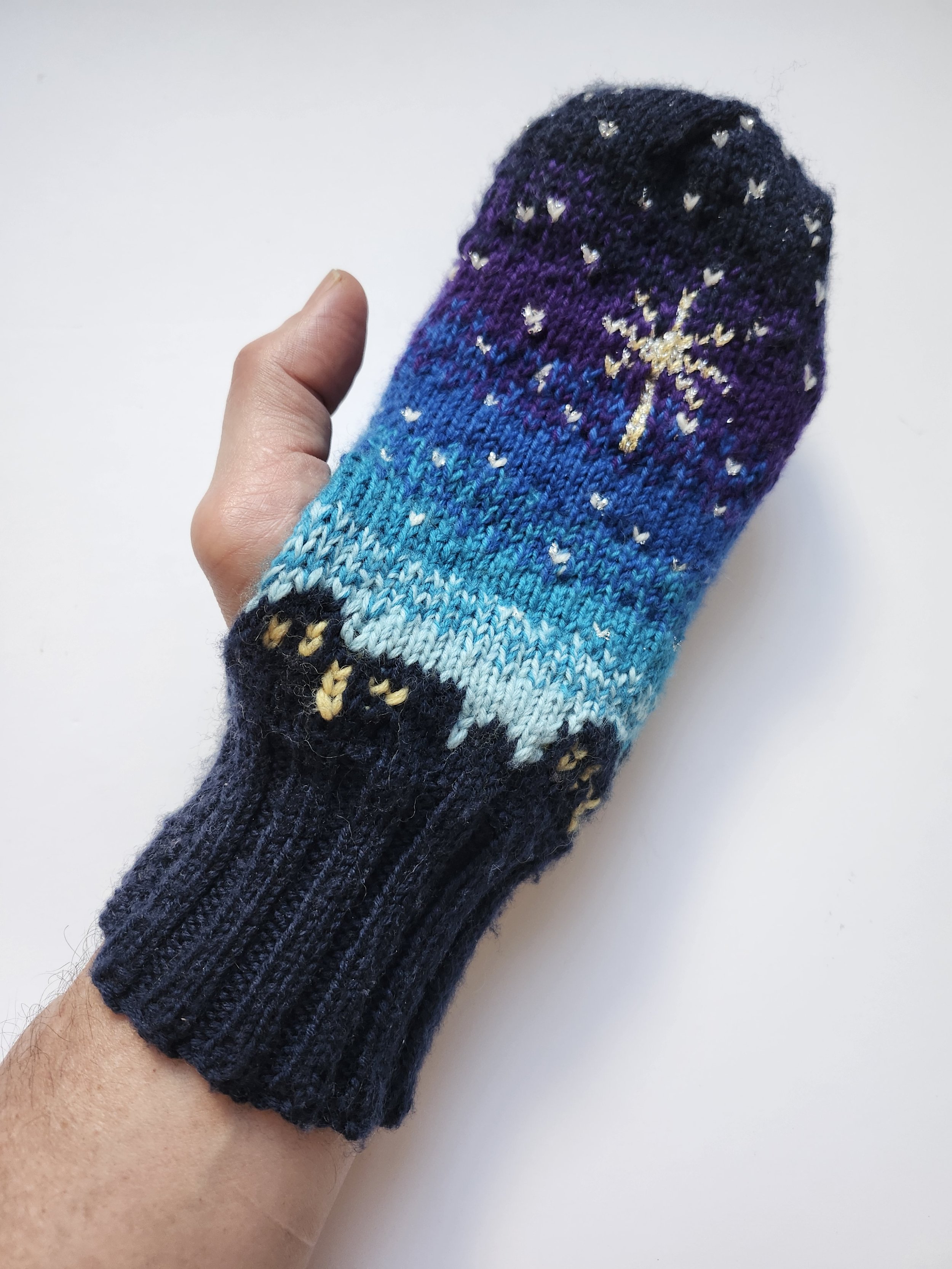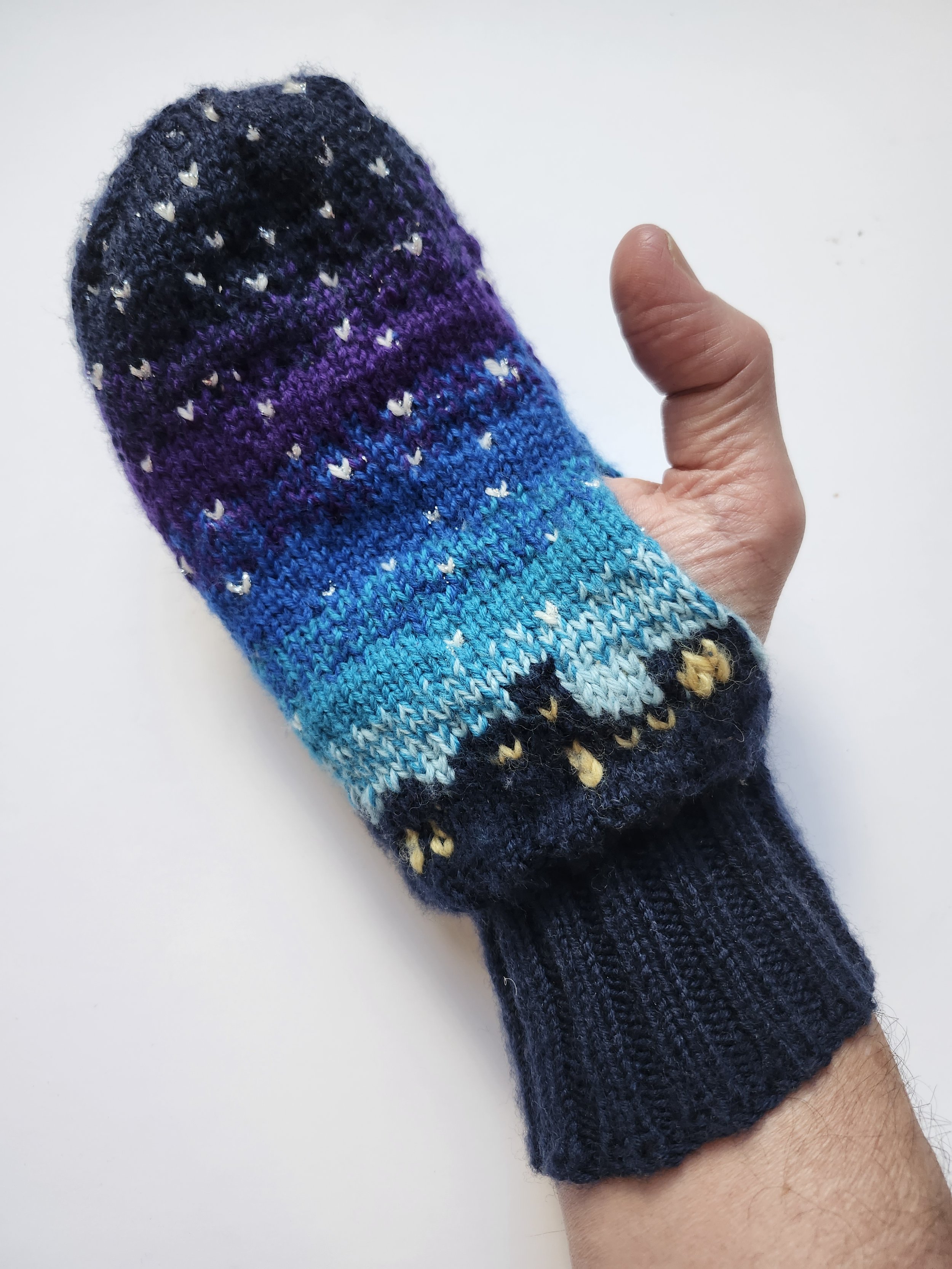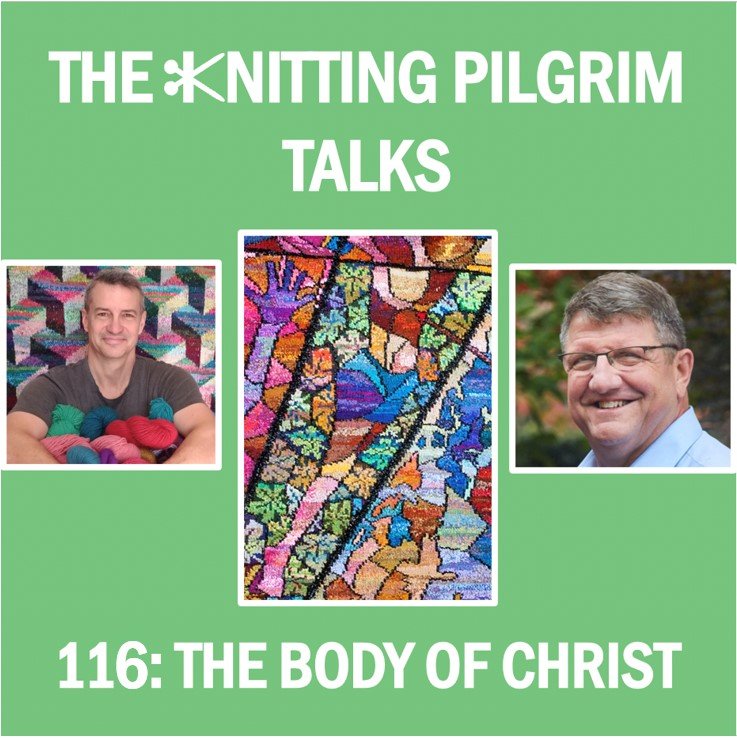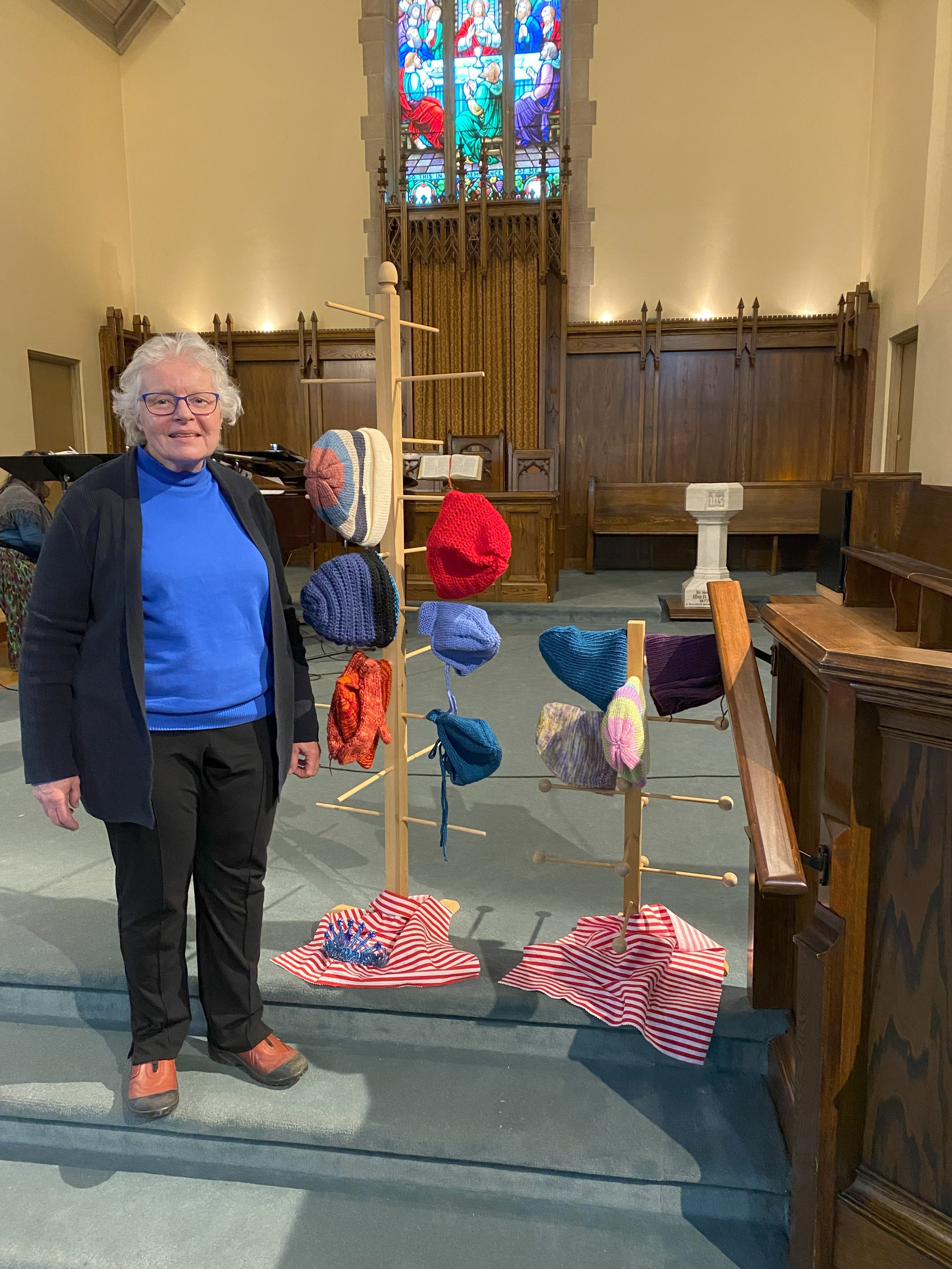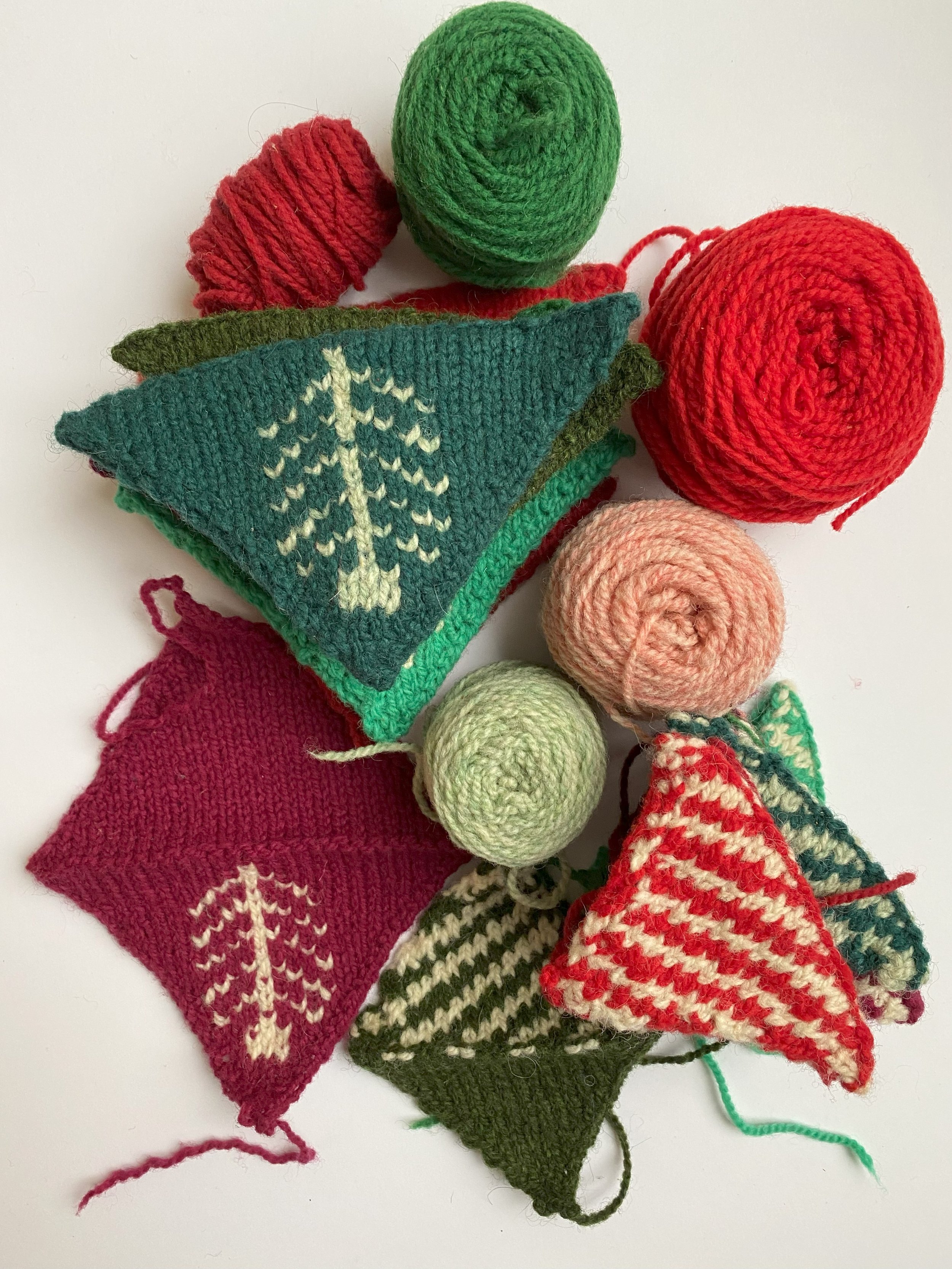Hello friends,
We’ve been preparing for this tour for months, and we’re almost ready. I’m talking about our impending tour to BC. And once we’re done that, we go to the UK! But that is for the next newsletter—so stay tuned on that.
Yes, we’re almost ready, but of course, there are so many things to do. And doing those things brings up other things to do. And then doing those things brings up even more things to do. And then… well, you get the picture.
One of the fun pre-tour things was opening a shipment of yarn I ordered from Briggs & Little to use in the workshops we’ll be giving on tour.
And as I said, once the opening was done, then came the yarn winding.
If you happen to be reading this in BC (or thereabouts) and are interested in seeing the show or participating in a knitting workshop, here’s a list of the places and times you can do that:
Tuesday, Apr 01, 7:30 PM, Powell River United Church, Powell River, BC. Click HERE for tickets
Wednesday, Apr 02, 7:30 PM, Mary Winspear Centre, Sidney, BC. Click HERE for tickets
Thursday, Apr 03, 7:00 PM, Gabriola Theatre Centre, Gabriola, BC. Click HERE for tickets
Friday, Apr 04 and Saturday Apr 05, 7:30 PM, Surrey Civic Theatres, Surrey, BC. Click HERE for tickets
Tuesday, Apr 08 to Friday Apr 11, 7:30 PM, Saturday April 12, 3:00 PM and 7:30 PM, Evergreen Cultural Centre, Coquitlam, BC. Click HERE for tickets
Tuesday, Apr 15, 7:30 PM, Charles Bailey Theatre, Trail, BC. Click HERE for tickets
Colour with Kirk Knitting Workshop, Monday Apr 14, 6:00 PM, Charles Bailey Theatre, Trail, BC. Click HERE for info
Thursday, Apr 17, 7:30 PM, Venables Theatre, Oliver, BC. Click HERE for tickets
Colour with Kirk Knitting Workshop, Thursday, Apr 17, 10:00 AM, Venables Theatre, Oliver, BC. Click HERE for info
Wednesday, Apr 23, 7:30 PM, Key City Theatre, Cranbrook, BC. Click HERE for tickets
Colour with Kirk Knitting Workshop, Tuesday, Apr 22, 6:00 PM, Cranbrook Arts, Cranbrook, BC. Click HERE for info
Friday, Apr 25, 8:00 PM, The ACT Arts Centre, Maple Ridge BC. Click HERE for tickets
Hussein Esmail, our projection operator, and I are flying out of Toronto with eleven bags between us. There are three large suitcases for the tapestries, all of them overweight. This couldn’t be helped. The airlines consider anything over 50 lbs to be overweight, and the tapestries weigh 60 lbs each. Oh well. Each pound of knitting is worth its weight in gold, I say.
We have another large suitcase stuffed with tech equipment, and it’s overweight, too. Again, tech stuff is heavy.
Then there are three re-purposed canopy bags designed for packing tents which we are using to pack the tapestry frames. We think we can keep these under 50 pounds, but they are oversized.
The baggage after that is all run-of-the-mill: a suitcase and carry-on for each of us, plus a personal item. Here’s what it looks like all in the same room:
Fingers crossed it all gets to the same place we’re going.
Wish us a bon voyage – I’ll let you know how works out! And if you want to know sooner than that, come join us at one of the beautiful BC theatres listed above. I’d love to see you there.






























































































